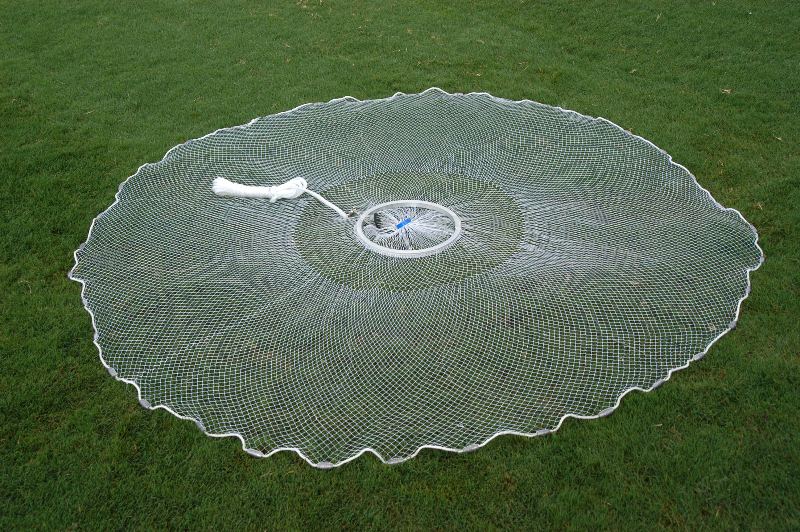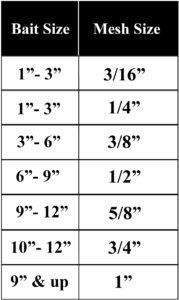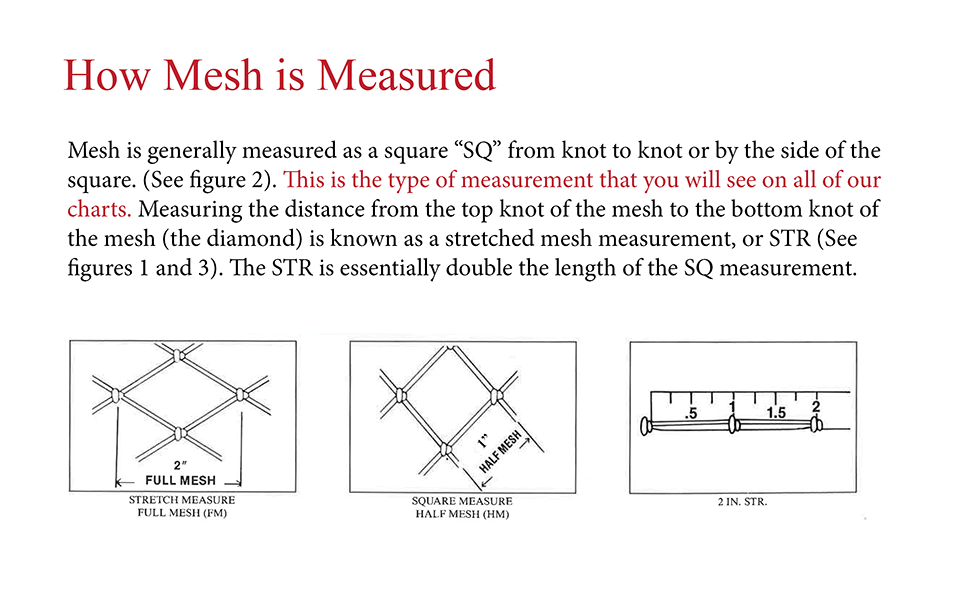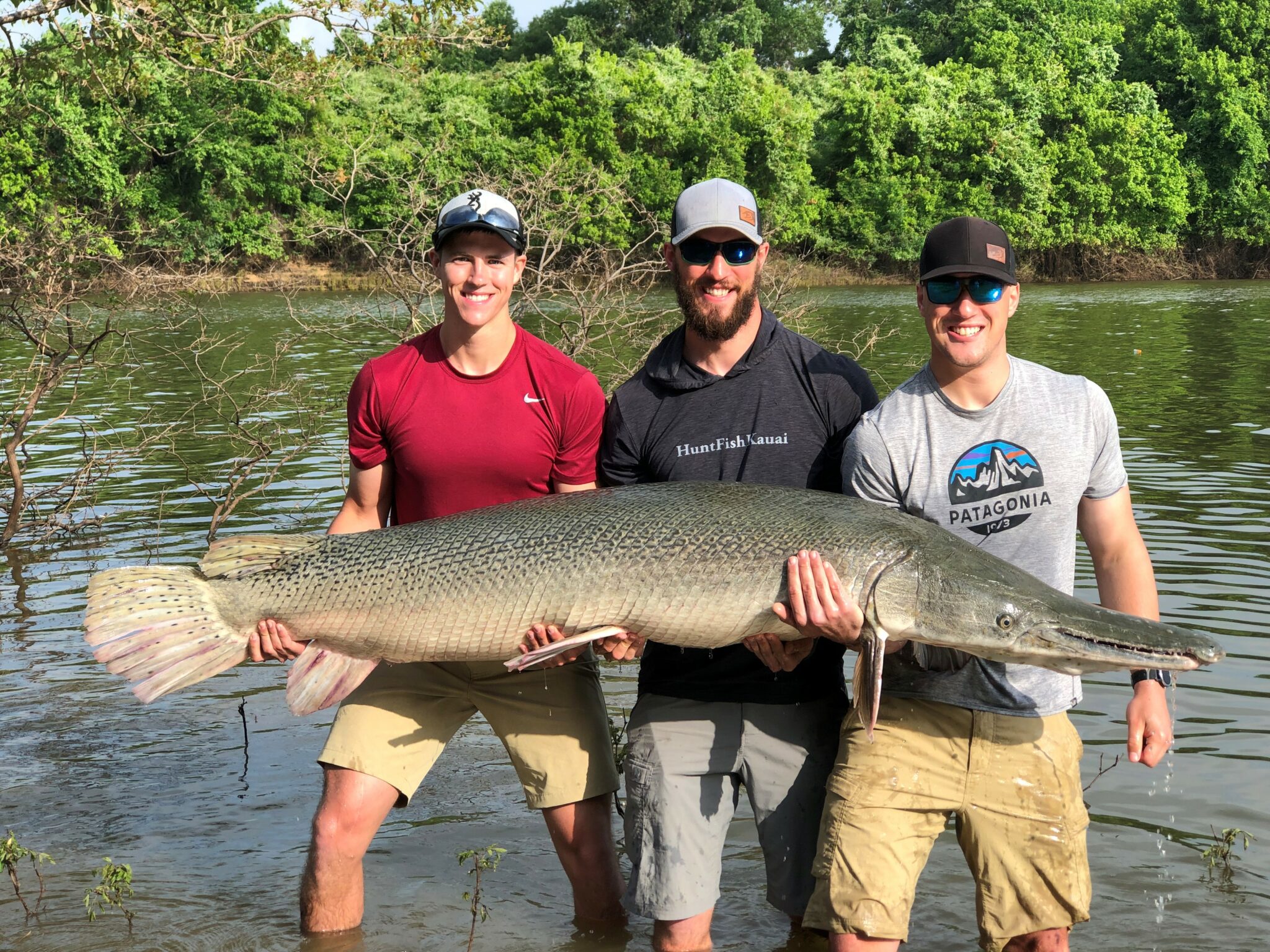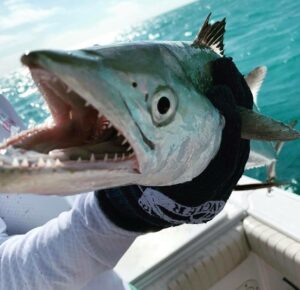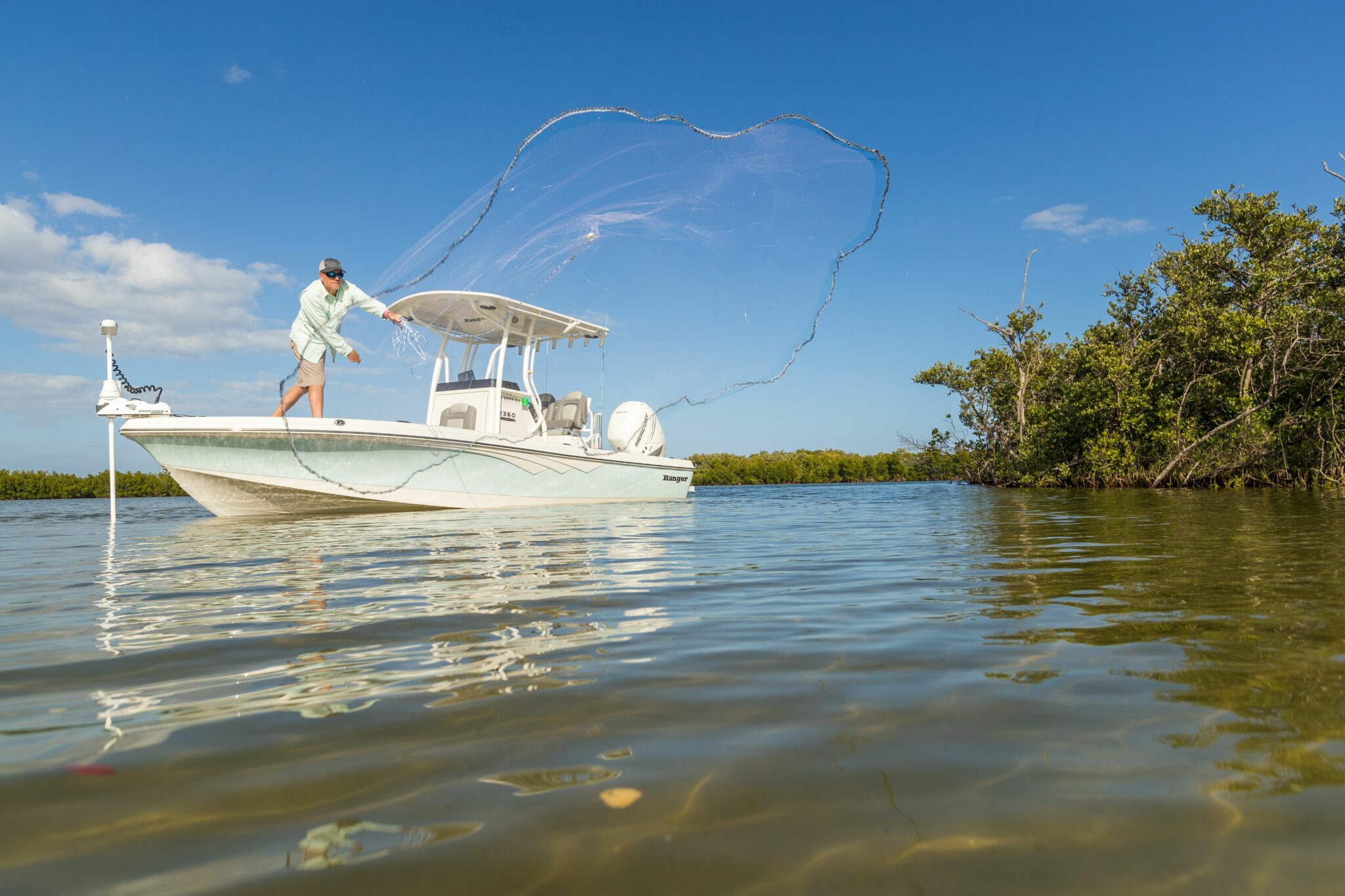
How Do I Choose the Right Cast Net?
Choosing a cast net can often be a difficult task. With the large variety of mesh sizes, weights, etc., the process can be overwhelming. We thought we would help you with that and supply you with some tips on how to select your next cast net.
When selecting a cast net, there are several factors to consider:
Mesh Size:
The size of your bait directly correlates to the size of mesh your net will need. Generally speaking, the smaller the bait, the smaller the mesh you will require. Larger mesh sizes allow smaller baits and lots of water to easily pass through and are ideal for mullet and other large fish. Nets with a larger mesh size will usually sink faster than a smaller mesh that contains the same amount of weight, but will not be able to grab your smaller baits. Below is a chart that can be helpful in selecting your mesh size:
The smaller the mesh, the more bait you will likely catch. But go too small, and you may catch sizes you don’t want. You will also want to make sure that the mesh size you pick is small enough so that you won’t gill the bait or fish you are after.
Keep in mind, that some cast net manufacturers may measure their mesh in different ways. Always double check if the mesh size on the net you’re purchasing is being measured as a stretched mesh or a square mesh. See figure below.
Size:
Cast nets are measured from the horn to the lead line but will spread out to twice that measurement once it’s spread out into a circle. For example, a 6-foot cast net will open into a circle that is 12 feet across.
The biggest question to ask yourself is, “how much bait do I want to catch, and how fast do I want to catch it?” The answer will help determine which radius net is best for you. The larger radius nets (8-14 ft.) will allow you to catch more bait in less time, but they also require a more experienced throwing technique than smaller nets. Many states have laws in place regarding the use of cast nets and which sizes are allowed. Always check your state’s game and fishing regulations. You can click here for more info.
Weight:
When selecting a cast net, the weight measurement that fishermen are most concerned with is the amount of lead weight per radius foot. Typically, the weights offered are 3/4 lb., 1 lb., and 1.5 lbs. per radius foot. Remember, this is the amount of weights added to the perimeter of the net. The entire net will weigh more. For example, a 6-foot-radius cast net with 1 lb. per radius foot weights will weigh approximately 6 pounds. The weight you choose will depend on the depth of the water you’re casting in, the type bait of you’re after, and your ability to throw a cast net. Heavier nets will sink faster and potentially catch more bait but are more difficult to throw. Lighter nets are ideal for shallow water. For depths over 26 feet, a deep hole cast net should be considered. Fitec’s tape nets are known throughout the industry for staying open longer in deep water and catching shrimp and other deep-water targets.
Construction:
There are several different types of cast nets on the market today. Within Fitec’s product line, the six-panel, eight-panel, and bullseye constructed designs are offered.
A pie panel cast net is made by sewing triangular net panels together which allows the net to open fully and sink fast. Fitec offers a panel design in the GS-1000, and GS-1500 series.
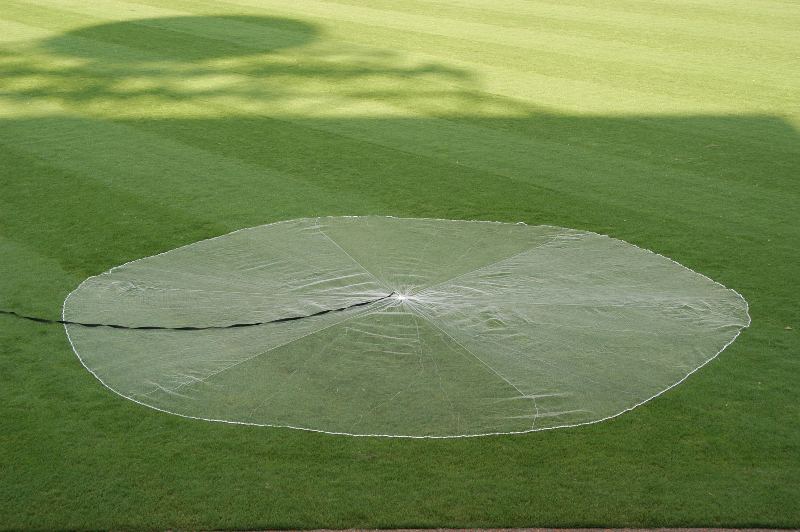
A bullseye cast net is made by sewing the net’s strips into concentric circles around the net’s horn. Each sewn circle is gathered at the seam to create an elliptical net. The bullseye net is available in the EZ-Throw Series, the RS Series, the Chain Net Series, and the SS Series.
